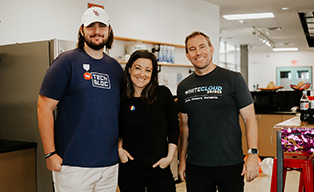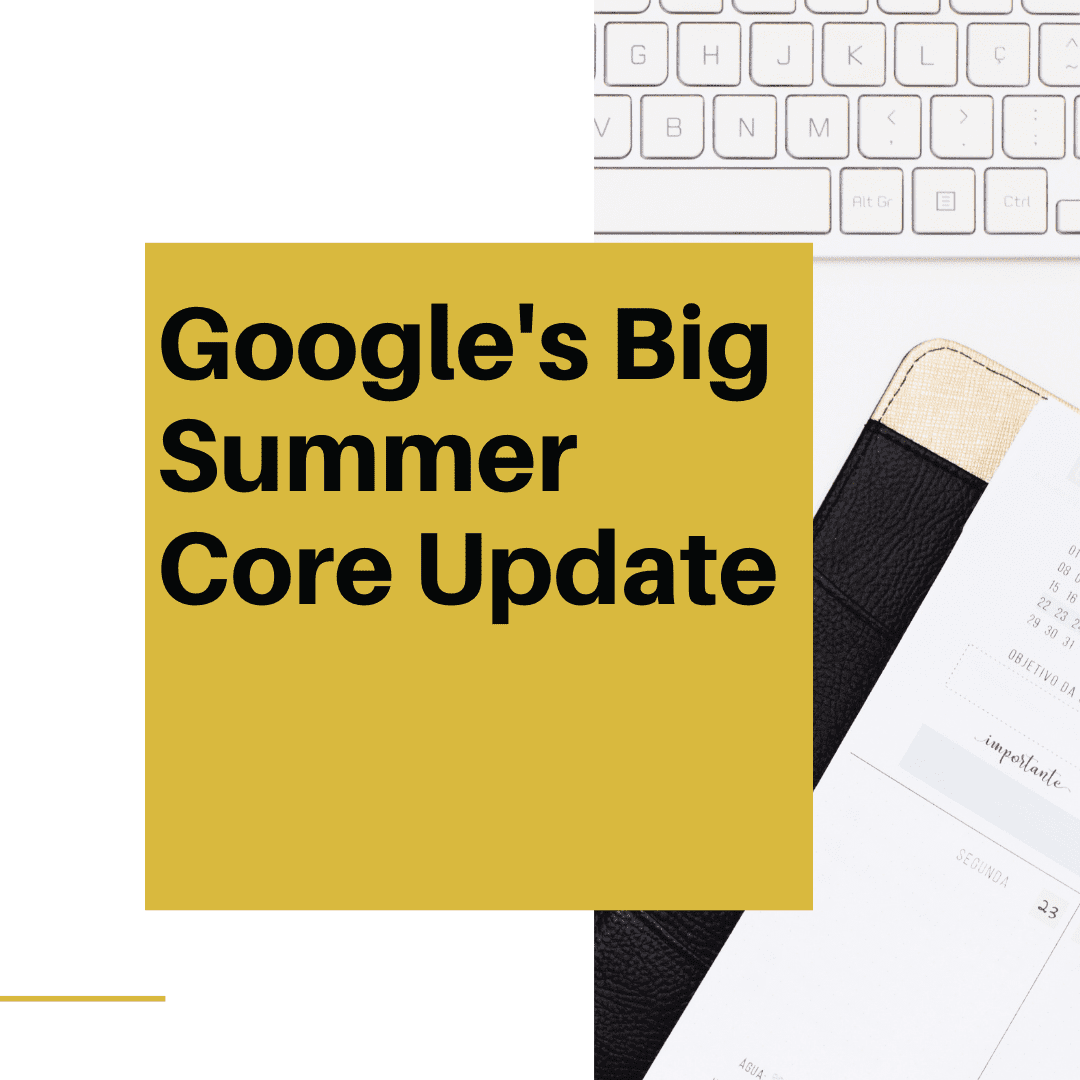When Did the Update Happen?
These last two months have been very turmoil for SEOs and webmasters. There have been two back-to-back core updates with google this summer. The last major update happened in the long-ago times of December so it’s been a while since we’ve had to plan to re-learn Google.
Previously, June’s core update was a HUGE one that rolled out in a ten-day period. Whereas July was a longer rollout but less of a change. Starting July 1st and ending July 12th this update could have come as another nasty shock to your rankings. In this blog, we hope to build a good foundation of understanding these last two months of changes.
Why Did They Do a Slow Roll Out?
As mentioned earlier June was a big one. So large that the tech giant felt wasn’t entirely ready to be released all at once. So, they rolled out portions of the update throughout June that they felt were finished while taking time to finish the remainder of the changes.
What Changed With It?
Both June and July came with some pretty big changes that have switched up the standard of websites. All of which have been very user-focused with the goal of matching websites to user intent as closely as possible.
June Updates
The two most notable changes that happened during the month were about page experience and introduced us to the Core Web Vitals. Let’s take some time and break down each of those a little bit.
Google’s Three Pillars of Page Experience
Loading performance (how fast does stuff appear on the screen?)
Responsiveness (how fast does the page react to user input?)
Visual stability (does stuff move around on the screen while loading?)
Google has always put a lot of weight into how accessible, quick, and tailored a website is to users. These three pillars really validate the company’s efforts to bring authority to websites that are both relevant and helpful to users and their searches. For web owners, these are great standards to follow closely to help improve not only your rankings within Google but also a few metrics.
Working with the loading and responsiveness that Google sets can help decrease your website’s bounce rate while increasing your session durations. But what metrics are Google looking for the three pillars? That’s where the Web Core Vitals come into play.
The Three Web Core Vitals
LCP, Largest Contentful Paint: How long does it take for the largest piece of content to appear on the screen? This could be an image, video, or text. We all know how frustrating it is when a site doesn’t fully load.
FID, or First Input Delay: This measures how long it takes for the site to react to the first interaction. Is there a delay when users click a button or try to scroll through a slider? Users want instant reaction times because they need their information now.
CLS, or Cumulative Layout Shift: This measures the visual stability of your site. Are there things moving around the screen while users scroll through your site? Nothing makes users leave a site faster than a slow or unexpected popup interrupting them.
While hitting all of these metrics is a great idea you need to remember that your website is still for your users. And not entirely for Google. Over time these metrics might change so spending too much effort get the perfect score might backfire in the long run.
July Update
July not only settled the remainder of the changes pushed out the previous month. But, also brought about what is known as a broad core update. These updates happen every six months, the last one happened back in December, so just a little shy of the regular timeframe. The one thing that really made July 2021’s update a little more scary for web owners is it followed up that slow rollout of the previous larger update.
What Does it Mean For Your Website?
This is good news, bad news situation. While Google themselves has said that sites that saw hits to their rankings haven’t done anything that’s necessarily bad if your site is shown to have these technical issues your users might not be too happy. It is very important to pay attention to rankings after a core update. But, don’t forget that there is a recovery period every site has when they are hit by these updates. So don’t fret too much if you lose a few keywords.
However, if you are in the red with the core vital metrics it might be time for you to review your site and analytics to see if your users are getting the experience they need. Ignoring this over time will not only get you lost in Google’s results but your users will start to abandon your website in favor of a better experience.
This blog was written by Geekdom member and iNNOV8 Place’s SEO Specialist, Brenda Courtney. Click here to check out iNNOV8 Place’s website






